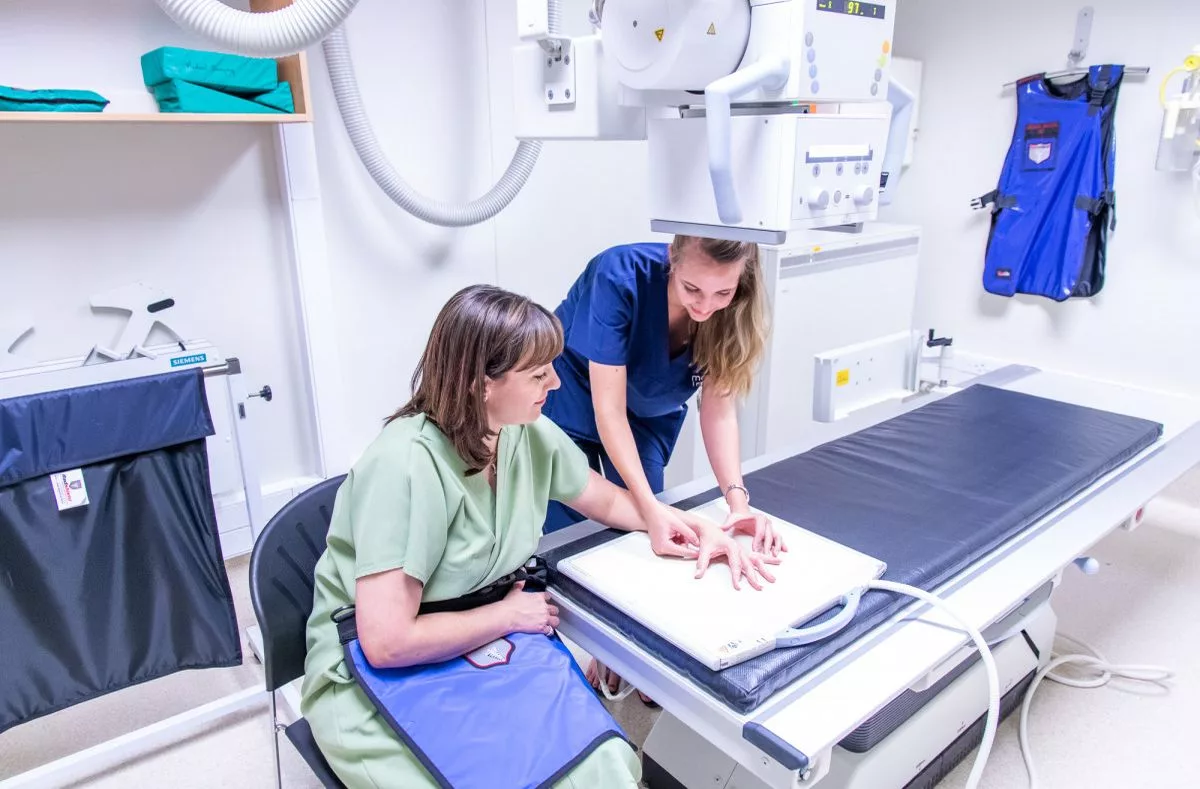In this retrospective observational study, we aimed to compare the outcomes of radiofrequency ablation (RFA) treatments for benign thyroid nodules using two different needle techniques: the standard fixed-needle approach (FTN) and the adjustable-tip needle technique (ATN). The ATN technique is considered more tailored, quicker, and easier to perform. We enrolled 36 patients with symptomatic benign thyroid nodules, with 18 undergoing RFA using the ATN and 18 using the FTN method. Key metrics, including absolute volume reduction, volume reduction rate (VRR), and success rate (defined as VRR ≥ 50%), were assessed at 1, 3, and 6 months of follow-up. Our findings indicated no substantial differences between the two approaches throughout the six-month follow-up period regarding absolute volume reduction (p = 0.27) and VRR (p = 0.14). This lack of difference was also evident in the success rates for both the 50% reduction criteria (p = 0.12) and absolute reduction (p = 0.42). Notably, at the six-month mark, the FTN procedure demonstrated a higher success rate (88.9% vs. 61.1% for ATN), although this was not statistically significant (p = 0.12). Additionally, there were no significant differences in patient satisfaction or safety between the two techniques. While our limited experience suggests no major differences in outcomes between ATN and FTN, the ATN approach was deemed more straightforward, potentially leading to a shorter operator learning curve and improved efficiency in clinical practice.
support@ehealthcommunity.org
Unlock Your Journey to Excellence in Healthcare!
Join our community of healthcare enthusiasts and gain access to cutting-edge courses, expert insights, and networking opportunities. Elevate your career – sign up now for a brighter, more informed tomorrow!
For Candidates
©2024 eHealth Community. All Rights Reserved. Developed By UMI Group LLC










